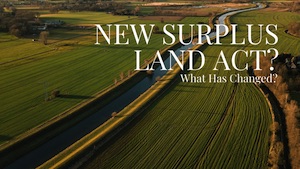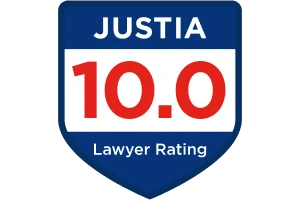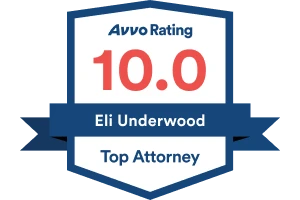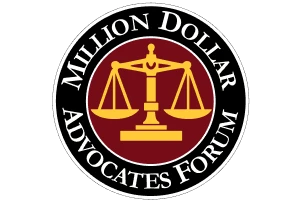
Everything old is new again. Or so it seems. Sometimes a new thing really is new. In this case, the question is whether the new Surplus Land Act is truly as big of a change as touted. After all, there was a Surplus Land Act before, and there’s a Surplus Land Act now. What’s the big deal?
New Designation Requirements
One small but powerful change is that AB 1486 requires an entity disposing of surplus land to send a notice of availability to the Department of Housing and Community Development (the “Department”) rather than upon written request. This is part of the new “master list” requirements whereby the Department is now required to maintain a master list of available surplus land available. (see Gov. Code § 54222(a)(2).) By requiring each entity to send the information to the Department instead of requiring the Department to request such information, AB 1486 makes it easier for prospective purchasers to understand what is available.
Similarly, local agencies may declare land to be deemed “surplus” on an annual basis as part of their planning process. (Gov. Code § 54221(b)(1).) As previously discussed, some of the biggest changes to the Surplus Land Act are those found in the definitions and the property to which the Surplus Land Act applies.
By changing these definitions and making the designations of such land more frequent, AB 1486 makes it more likely that surplus land will actually be recognized as such and made available for transfer and development.
Removal of Priority; Maintenance of Preferences
Another powerful change is that the new Surplus Land Act removes the requirement that a local agency gives priority to the development of affordable housing for lower-income households when disposing of surplus land. Previously, that priority limited the competition for the purchase of land. While AB 1486 does not completely remove all preferences for the disposal of surplus land for affordable housing, it does allow certain developers to become more competitive when purchasing such property.
Penalty Requirements
Finally, AB 1486 imposes a substantial penalty—30% of the final sale price of the land—on any public agency that disposes of land in violation of the new law. (see Gov. Code § 54230.5.) While there is a safe harbor provision that is available when the Department provides notice to the local agency and provides for 60 days to cure any potential violation, such a steep penalty is likely to be a serious deterrent and ensure almost uniform compliance. Moreover, the new Surplus Land Act authorizes private lawsuits against a public agency to enforce the law’s provisions.
Conclusion
Collectively, these new changes to the Surplus Land Act, among others, will facilitate the process of disposing of surplus land and make it more likely that such land is actually ultimately transferred and put to use. Ultimately, those persons interested in the development of surplus land will benefit themselves by understanding these processes to make sure that they can make the most of the new change in the law.
If you are contemplating the purchase of surplus land and would like assistance navigating the process, please contact Underwood Law Firm, P.C., for an initial consultation. Go here to get more details.










